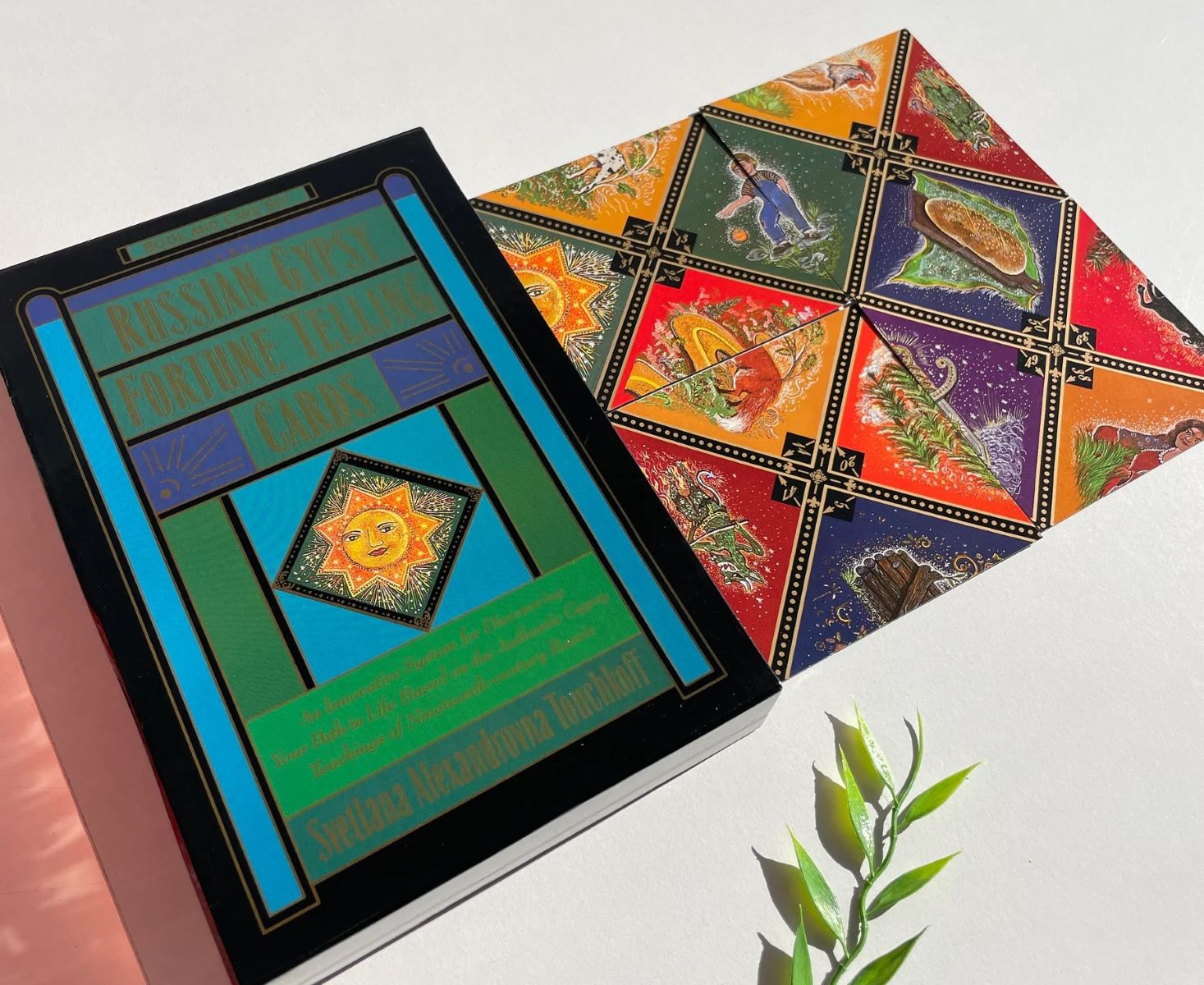Home>Food and Cooking>How To Tell If Asparagus Is Bad


Food and Cooking
How To Tell If Asparagus Is Bad
Published: February 29, 2024
Learn how to determine if asparagus has gone bad with these simple tips. Keep your food fresh and safe with our food and cooking advice.
(Many of the links in this article redirect to a specific reviewed product. Your purchase of these products through affiliate links helps to generate commission for Regretless.com, at no extra cost. Learn more)
Table of Contents
Introduction
Asparagus, with its slender stalks and distinctive flavor, is a beloved vegetable in many cuisines around the world. Whether steamed, roasted, or grilled, asparagus adds a delightful crunch and earthy taste to a variety of dishes. However, like all fresh produce, asparagus is susceptible to spoilage over time. Understanding the signs of spoiled asparagus is crucial for maintaining food safety and ensuring a delightful culinary experience.
In this comprehensive guide, we will explore the various indicators that can help you determine if your asparagus has gone bad. From the telltale signs of discoloration to the nuances of texture and aroma, we will delve into the intricacies of assessing asparagus freshness. By the end of this article, you will be equipped with the knowledge to confidently discern whether your asparagus is still at its peak or if it's time to bid adieu to a batch that has seen better days.
So, whether you're a seasoned home cook or a culinary enthusiast eager to elevate your gastronomic prowess, join us as we unravel the mysteries of asparagus spoilage. Let's embark on this journey of sensory exploration and learn how to safeguard our culinary creations from the perils of past-their-prime asparagus.
Read more: How To Tell If Starfruit Is Ripe
Signs of Spoiled Asparagus
When it comes to identifying spoiled asparagus, paying attention to visual, olfactory, and textural cues is paramount. Here are the key indicators to look out for:
Discoloration:
Fresh asparagus typically boasts a vibrant green or purplish hue, depending on the variety. However, as it begins to spoil, the color may shift to a yellowish or even brownish tone. Additionally, the tips of the spears may darken and become mushy. Any deviation from the characteristic vibrant coloration could signal that the asparagus is past its prime.
Sliminess:
One of the most unmistakable signs of asparagus spoilage is the development of a slimy or slippery texture. When you run your fingers along the surface of the spears and notice a slimy residue, it's a clear indication that the asparagus has started to deteriorate. This sliminess is often accompanied by a foul odor, further confirming the vegetable's compromised state.
Unpleasant Odor:
Fresh asparagus emits a pleasant, earthy aroma, reminiscent of the verdant fields where it thrives. However, when the spears begin to spoil, this fragrance transforms into a pungent, sour, or even rotten smell. If you detect any off-putting odors emanating from your asparagus, it's a strong signal that it has surpassed its peak freshness.
Read more: How To Tell If A Coworker Likes You
Bending and Wilting:
Asparagus spears are renowned for their crispness and rigidity. When they start to spoil, they may lose their firmness and become limp or bendable. This change in texture is a clear indication that the asparagus is no longer at its best.
By remaining attuned to these telltale signs, you can effectively discern whether your asparagus is still suitable for consumption or if it's time to bid farewell to a batch that has succumbed to spoilage. Remember, fresh asparagus should be a delight to the senses, boasting vibrant colors, a firm texture, and a pleasant aroma. When these qualities begin to wane, it's a sign that the asparagus may have outstayed its welcome in the realm of culinary excellence.
Smell Test
The sense of smell plays a pivotal role in discerning the freshness of asparagus. When conducting a smell test, bring the asparagus spears close to your nose and take a gentle whiff. Fresh asparagus exudes a delightful earthy fragrance, reminiscent of the verdant fields where it thrives. This aroma is a testament to the vegetable's peak condition, signaling its readiness to impart its distinctive flavor to your culinary creations.
However, asparagus that has begun to spoil tells a different olfactory tale. Aged or deteriorating asparagus emits a pungent, sour, or even rotten smell. This transformation in aroma is a clear indication that the asparagus has surpassed its prime and may no longer be suitable for consumption.
It's important to note that the olfactory assessment should be conducted with care and attentiveness. By taking a moment to inhale the essence of the asparagus, you can gain valuable insights into its freshness. A keen sense of smell coupled with an understanding of the characteristic aromas of fresh produce empowers you to make informed decisions about the suitability of the asparagus for your culinary endeavors.
In essence, the smell test serves as a sensory checkpoint, allowing you to gauge the asparagus's condition based on its aromatic profile. By honing your olfactory discernment, you can confidently determine whether the asparagus is still at its peak or if it has transitioned into a state of spoilage. This olfactory exploration adds a layer of sensory engagement to the process of evaluating asparagus freshness, enriching your culinary journey with a deeper appreciation for the nuances of this beloved vegetable.
Visual Inspection
Visual inspection serves as a fundamental pillar in the quest to discern the freshness of asparagus. By attentively observing the appearance of the spears, you can glean valuable insights into their condition. Fresh asparagus typically exhibits a vibrant green or purplish hue, depending on the variety. The stalks should appear firm and taut, with tightly closed tips that boast a slightly darker shade. These visual cues are indicative of the asparagus's prime state, signaling its readiness to impart its delightful flavor and texture to your culinary creations.
However, asparagus that has begun to spoil undergoes discernible visual transformations. One of the primary indicators of spoilage is a shift in color. The vibrant green or purplish tones may give way to a yellowish or even brownish hue, signifying a departure from the vegetable's peak freshness. Additionally, the tips of the spears may darken and become mushy, further accentuating the visual cues of deterioration.
When conducting a visual inspection, it's essential to examine the entire length of the asparagus spears, paying close attention to any deviations from their characteristic appearance. Any signs of discoloration, particularly in the form of yellowing or browning, should be regarded as potential indicators of spoilage. Furthermore, inspect the tips of the spears for any mushiness or sliminess, as these visual cues can provide crucial insights into the asparagus's freshness.
By honing your visual discernment and attuning yourself to the characteristic appearance of fresh asparagus, you can confidently assess the vegetable's condition. This visual exploration adds a layer of sensory engagement to the process of evaluating asparagus freshness, empowering you to make informed decisions about the suitability of the spears for your culinary endeavors. Through the art of visual inspection, you embark on a journey of sensory discovery, gaining a deeper appreciation for the nuances of this beloved vegetable and ensuring that only the finest asparagus graces your culinary creations.
Texture Check
The tactile assessment of asparagus plays a pivotal role in determining its freshness. When conducting a texture check, gently run your fingers along the surface of the spears, paying close attention to their firmness and resilience. Fresh asparagus is renowned for its crispness and rigidity, with each spear exuding a satisfying snap when gently bent. This characteristic texture is a testament to the vegetable's peak condition, reflecting its readiness to impart its delightful crunch and earthy taste to your culinary creations.
However, asparagus that has begun to spoil undergoes discernible textural changes. When you handle the spears, you may notice a loss of firmness, with the once-taut stalks exhibiting a limp or bendable quality. This shift in texture is a clear indication that the asparagus is no longer at its best, signaling a departure from its peak state of freshness.
In addition to assessing the overall firmness of the spears, pay attention to any sliminess or slippery residue that may be present on the surface. The development of a slimy texture is one of the most unmistakable signs of asparagus spoilage, further confirming the vegetable's compromised state. When the spears feel slippery to the touch, it's a clear indicator that the asparagus has started to deteriorate, prompting a cautious reevaluation of its suitability for consumption.
By engaging in this tactile exploration, you gain valuable insights into the condition of the asparagus, allowing you to make informed decisions about its freshness. The texture check serves as a sensory checkpoint, enabling you to gauge the asparagus's condition based on its tactile profile. Through this tactile engagement, you embark on a journey of sensory discovery, honing your ability to discern the nuances of asparagus freshness and ensuring that only the finest spears grace your culinary creations.
Read more: How To Tell If A Gucci Bag Is Real
Conclusion
In the realm of culinary exploration, the quest for fresh, vibrant ingredients forms the cornerstone of exceptional gastronomic experiences. Asparagus, with its verdant allure and distinctive flavor, stands as a testament to the bountiful offerings of nature. Through the sensory journey of assessing asparagus freshness, we have delved into the intricacies of visual, olfactory, and tactile exploration, honing our ability to discern the subtle cues that signal the vegetable's condition.
By embracing the art of sensory engagement, we have cultivated a deeper appreciation for the nuances of asparagus freshness. The vibrant green or purplish hues, the earthy aroma that evokes the essence of sun-kissed fields, and the crisp, resilient texture of fresh spears have become our guiding beacons in the pursuit of culinary excellence. Conversely, the visual cues of discoloration, the pungent odors of spoilage, and the slimy, limp texture of deteriorating asparagus have served as cautionary signals, prompting us to exercise discernment in our culinary endeavors.
As we conclude this sensory odyssey, we emerge equipped with the knowledge to confidently discern the freshness of asparagus, safeguarding our culinary creations from the perils of past-their-prime produce. Armed with a keen sense of observation, an attuned olfactory discernment, and a tactile finesse, we stand poised to elevate our culinary prowess and savor the delights of impeccably fresh asparagus.
In the tapestry of gastronomy, the journey of sensory exploration extends far beyond the realm of asparagus, encompassing a myriad of ingredients that beckon us to unravel their mysteries. As we continue to hone our sensory acumen, let us embrace each culinary endeavor as a symphony of flavors, textures, and aromas, guided by the timeless wisdom of nature's bountiful harvest.
So, as you embark on your next culinary escapade, may the sensory revelations garnered from this exploration infuse your creations with an unparalleled freshness and vitality, ensuring that each dish becomes a testament to the artistry of discerning palates and the splendor of nature's offerings. Let the vibrant essence of fresh asparagus inspire your culinary symphony, and may your gastronomic adventures be forever enriched by the sensory tapestry of nature's finest offerings.













